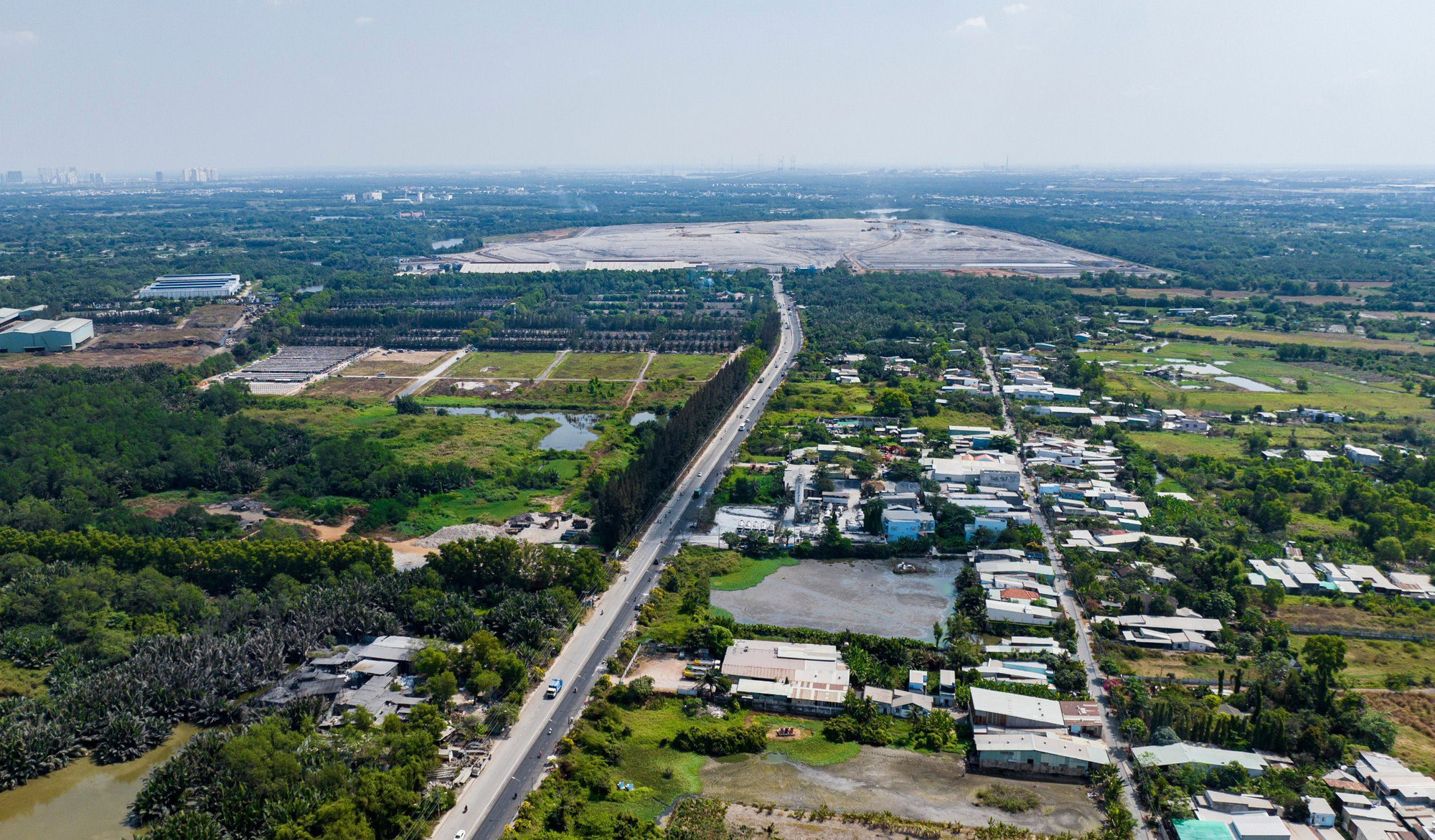The Da Phuoc landfill in Ho Chi Minh City had accumulated over 28 million metric tons of garbage as of March, surpassing its designed capacity by four million metric tons.
The odor emanating from the Da Phuoc landfill, situated in the outlying district of Binh Chanh, spreads to residential areas and is exacerbated by the unexpected volume of waste it receives.
The Ho Chi Minh City Department of Natural Resources and Environment previously confirmed plans to close this landfill within this year, transitioning to waste incineration technology for electricity generation.
Prior to the conversion, there is an urgent need to finalize legal procedures to expand the capacity of the landfill, the municipal Department of Natural Resources and Environment stated.
It thus tasked Vietnam Waste Solutions Ltd. (VWS), the operator of the landfill, with executing these legal requirements and implementing the technology conversion in August 2023.
Since then, there have been no updates reported to the Department of Natural Resources and Environment regarding the progress of these initiatives.
Currently, Ho Chi Minh City generates approximately 10,000 metric tons of waste daily, managed through two main centralized treatment sites: the Da Phuoc landfill and the Tay Bac solid waste treatment area, also known as the Phuoc Hiep landfill.
The Da Phuoc landfill is operated by VWS, while the Phuoc Hiep landfill in Cu Chi District accommodates several companies, including Vietstar Group Joint Stock Company, Tam Sinh Nghia Investment and Development Joint Stock Company, Ho Chi Minh City Urban Environment Co. Ltd. (CITENCO), and Tasco Joint Stock Company.
These entities are encouraged by the city to transition their waste treatment technologies to waste-to-energy incineration.
The measure is part of a broader scheme to achieve an 80-percent reduction in landfill waste by 2025, opting instead for modern treatment technologies to mitigate environmental pollution.
However, their transition is apparently moving at a snail’s pace.
Despite a groundbreaking ceremony held at the end of 2019, the Vietstar integrated solid waste treatment plant and Tam Sinh Nghia’s waste incineration treatment plant have not commenced operations.
Specifically, Vietstar is finalizing documents and procedures to secure a license for its waste-to-energy plant project.
Meanwhile, Tam Sinh Nghia received a construction permit for phase 1 of its project from the municipal Department of Construction on July 5.
Construction was scheduled to begin last Saturday.
Tasco already submitted investment policy adjustment documents to the municipal Department of Planning and Investment.
The department is reviewing these documents and collaborating with relevant agencies to obtain approval from the Ho Chi Minh City People’s Committee in accordance with regulations.
On February 23, the municipal Department of Natural Resources and Environment sent an official dispatch to the People’s Committee to seek permission for the investment in phase 1 of CITENCO’s project, which is designed to handle 1,000 metric tons of waste daily.
Given this progress, it will be challenging for Ho Chi Minh City to achieve its target of reducing landfilling by 80 percent and transitioning to waste treatment using energy recovery technologies by 2025.
Like us on Facebook or follow us on Twitter to get the latest news about Vietnam!























































